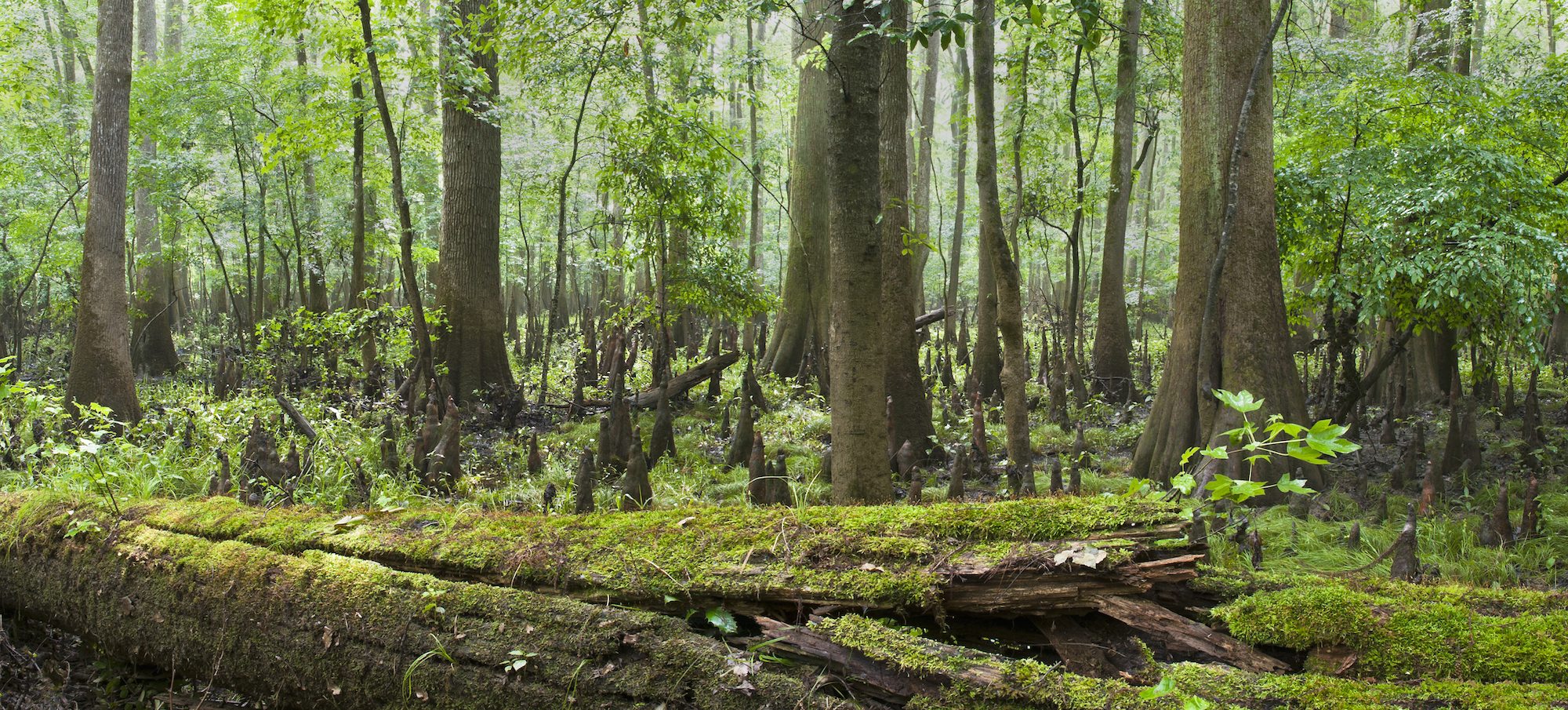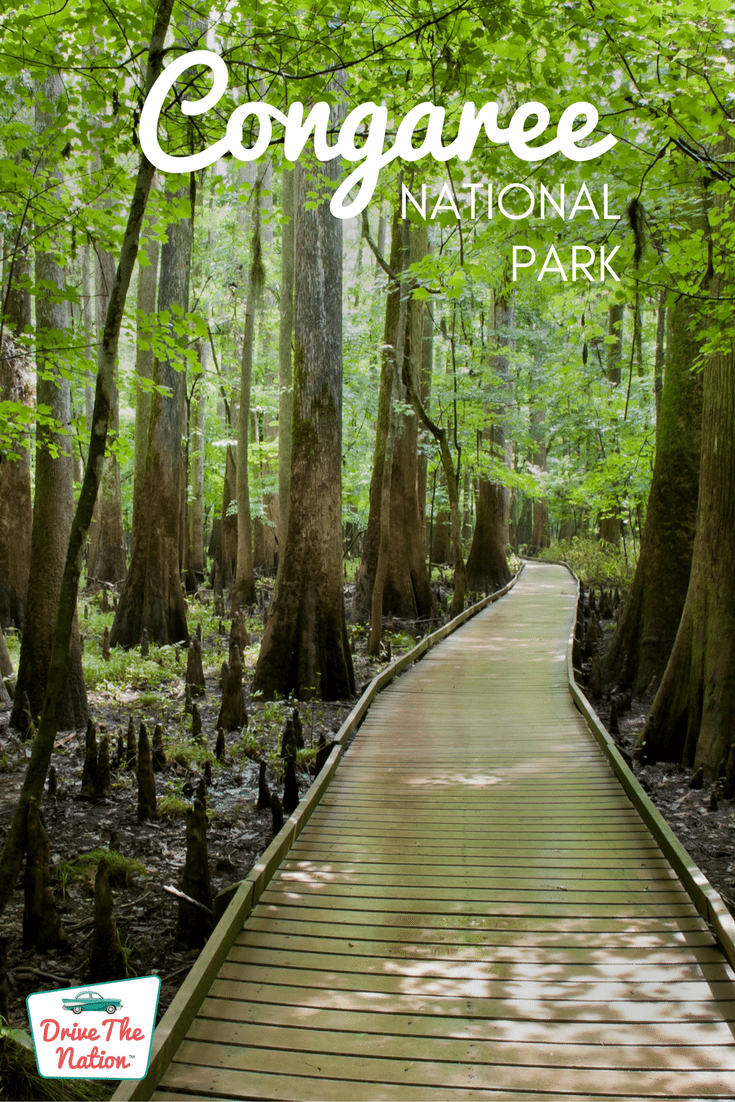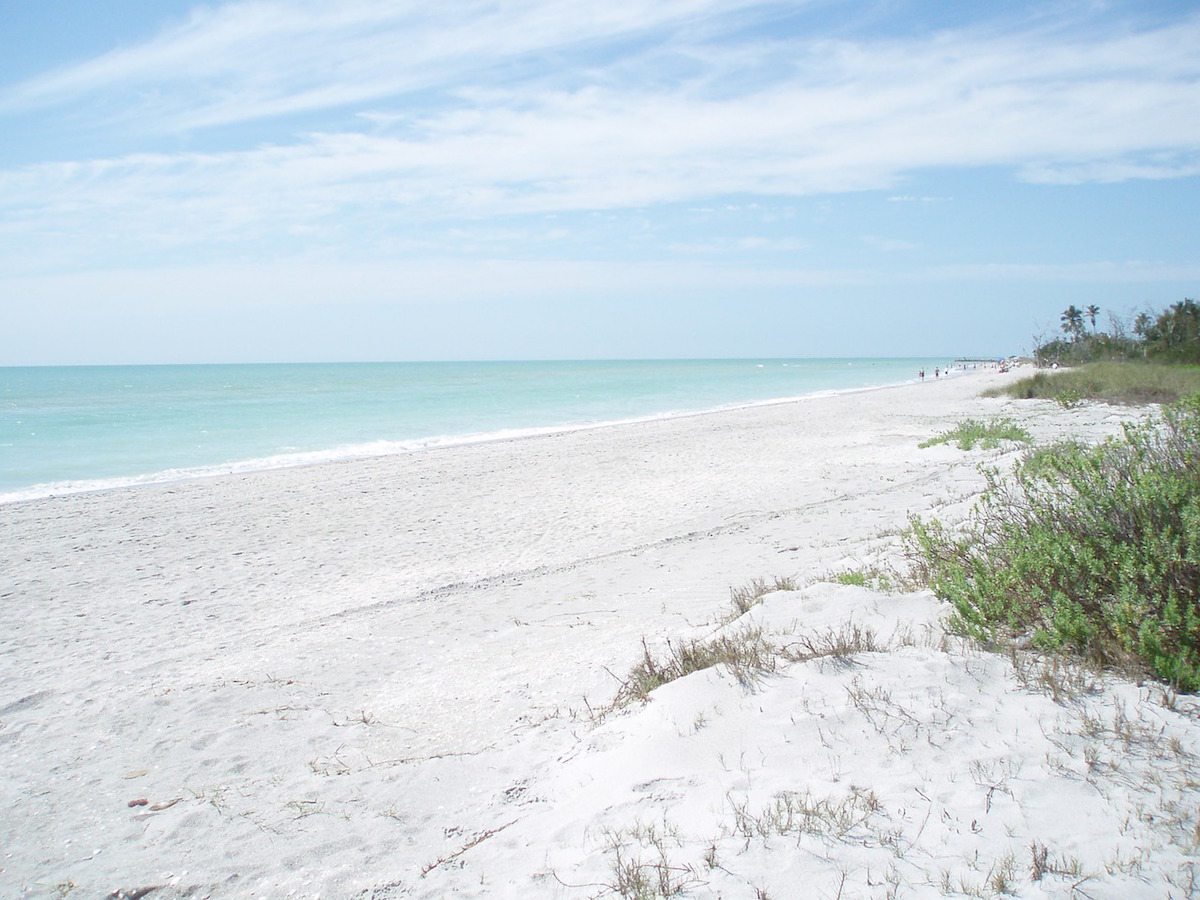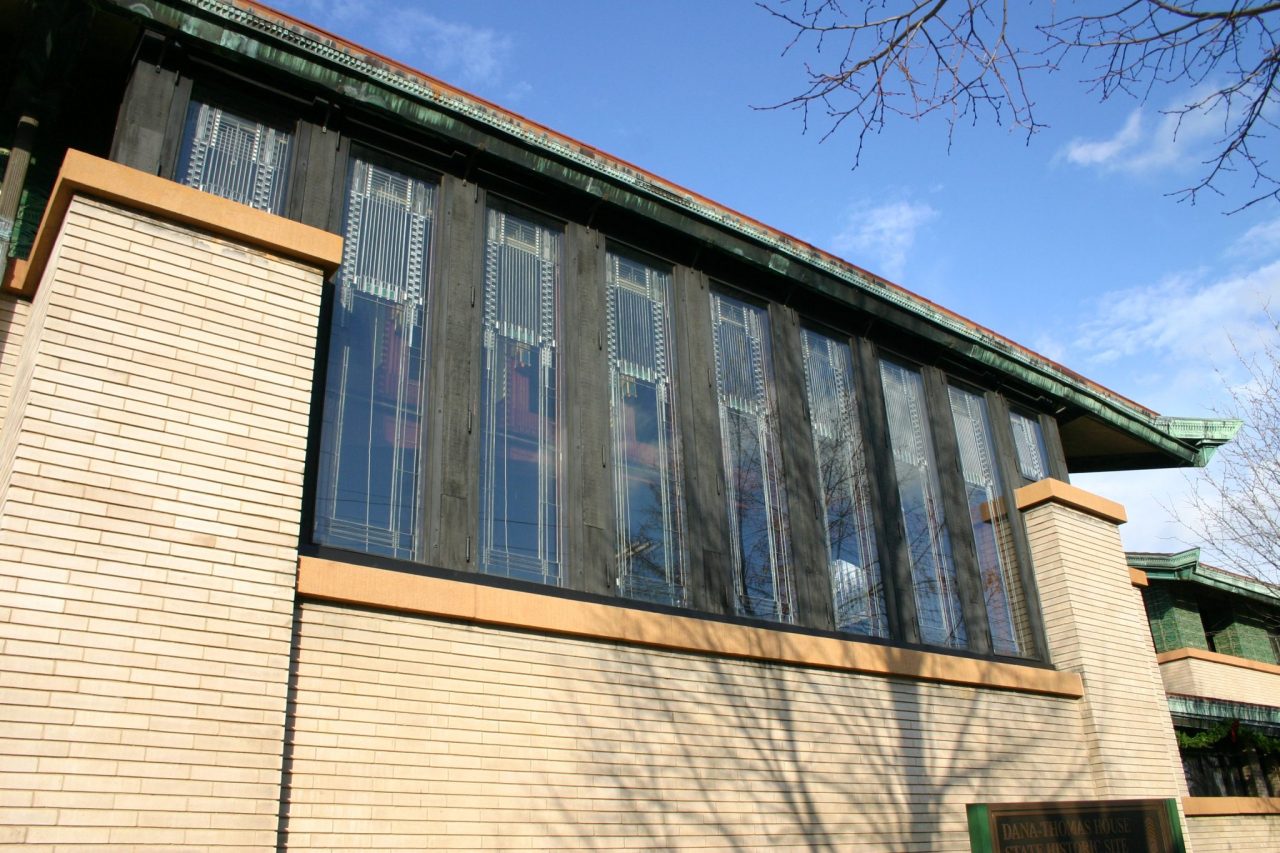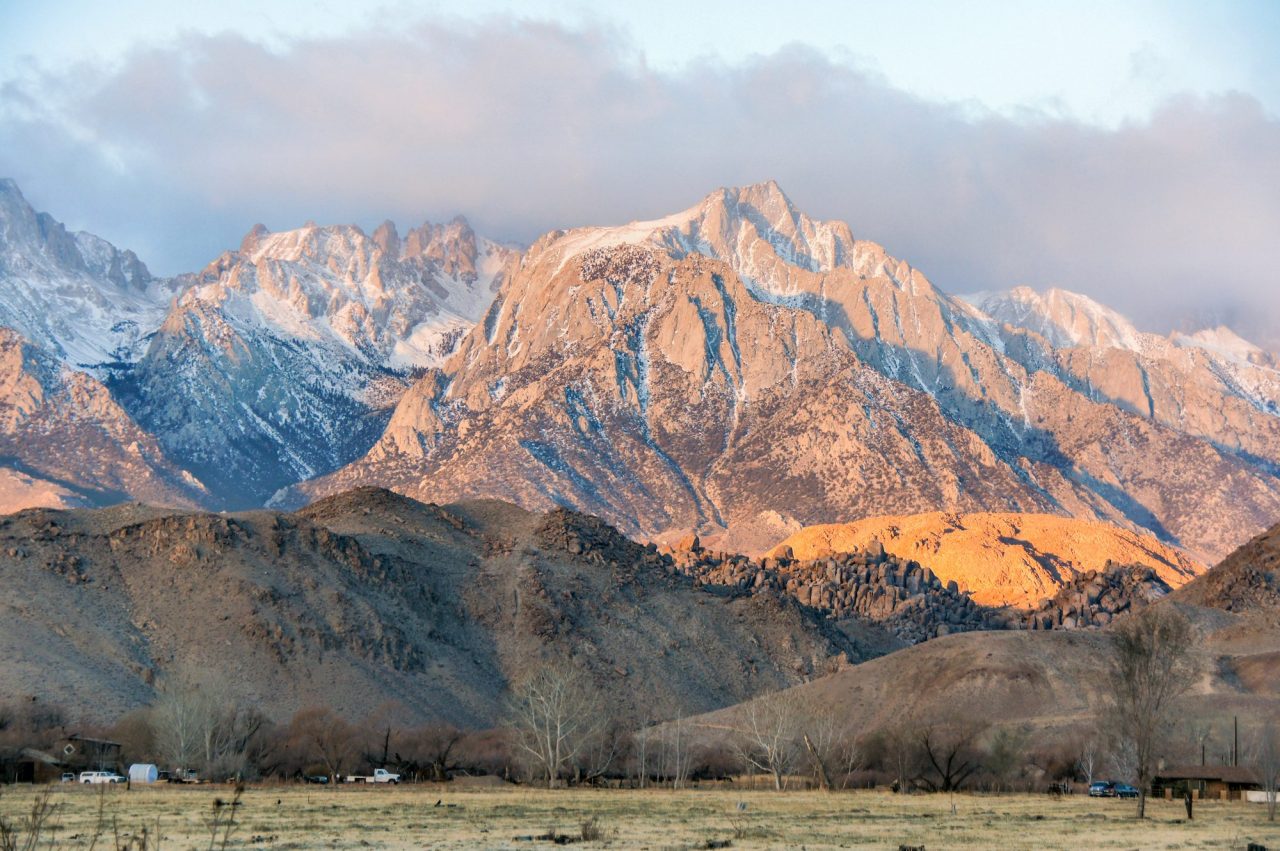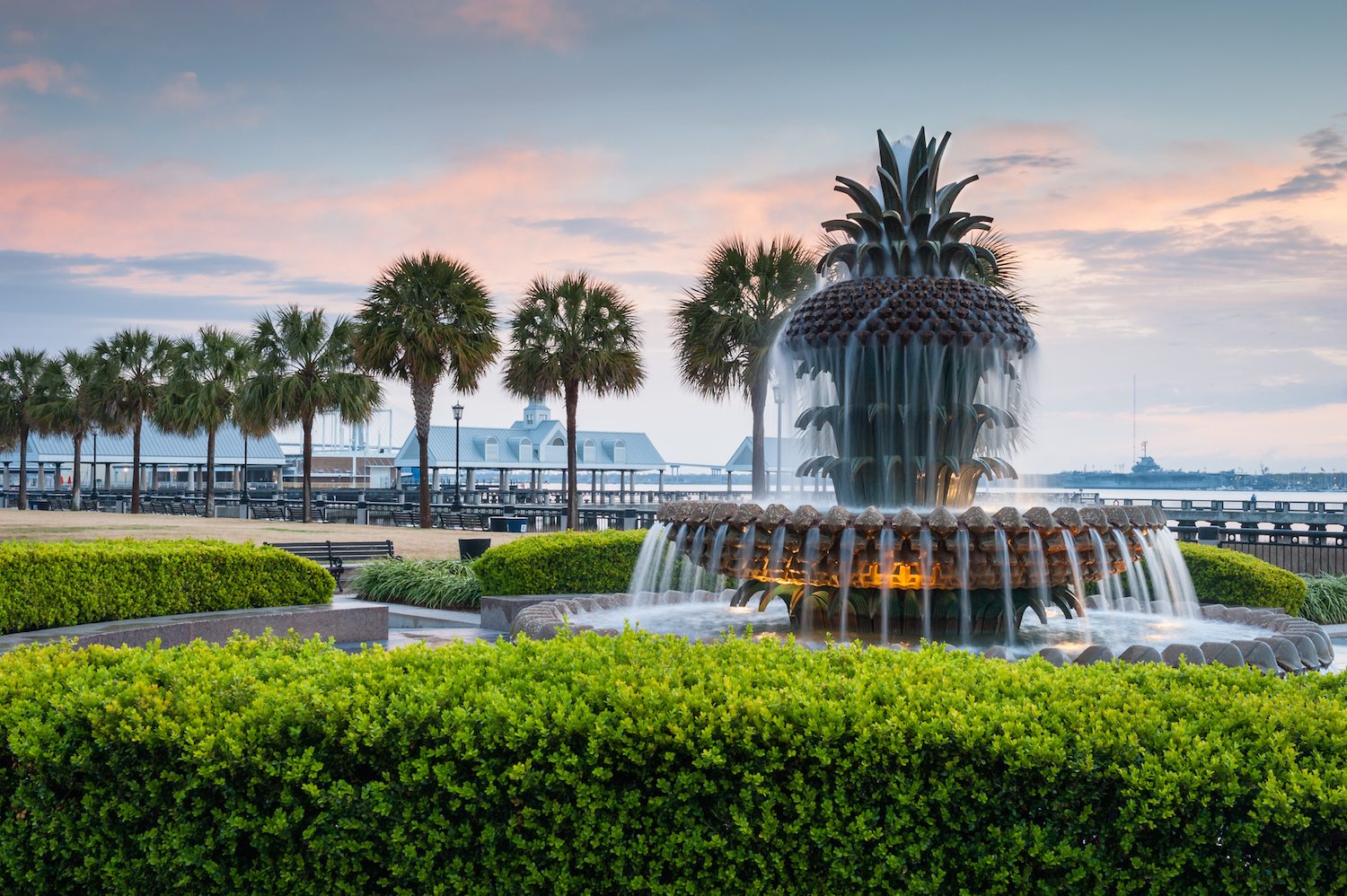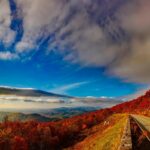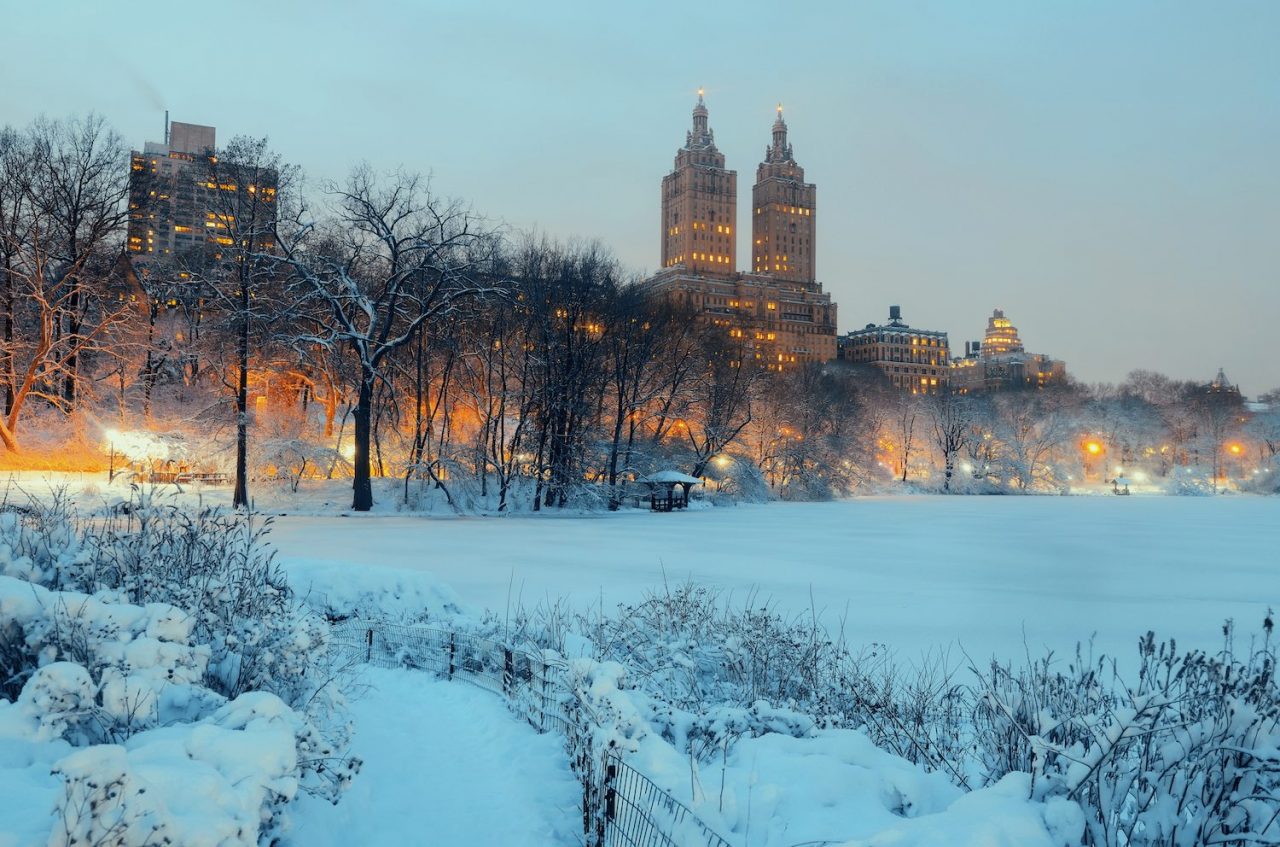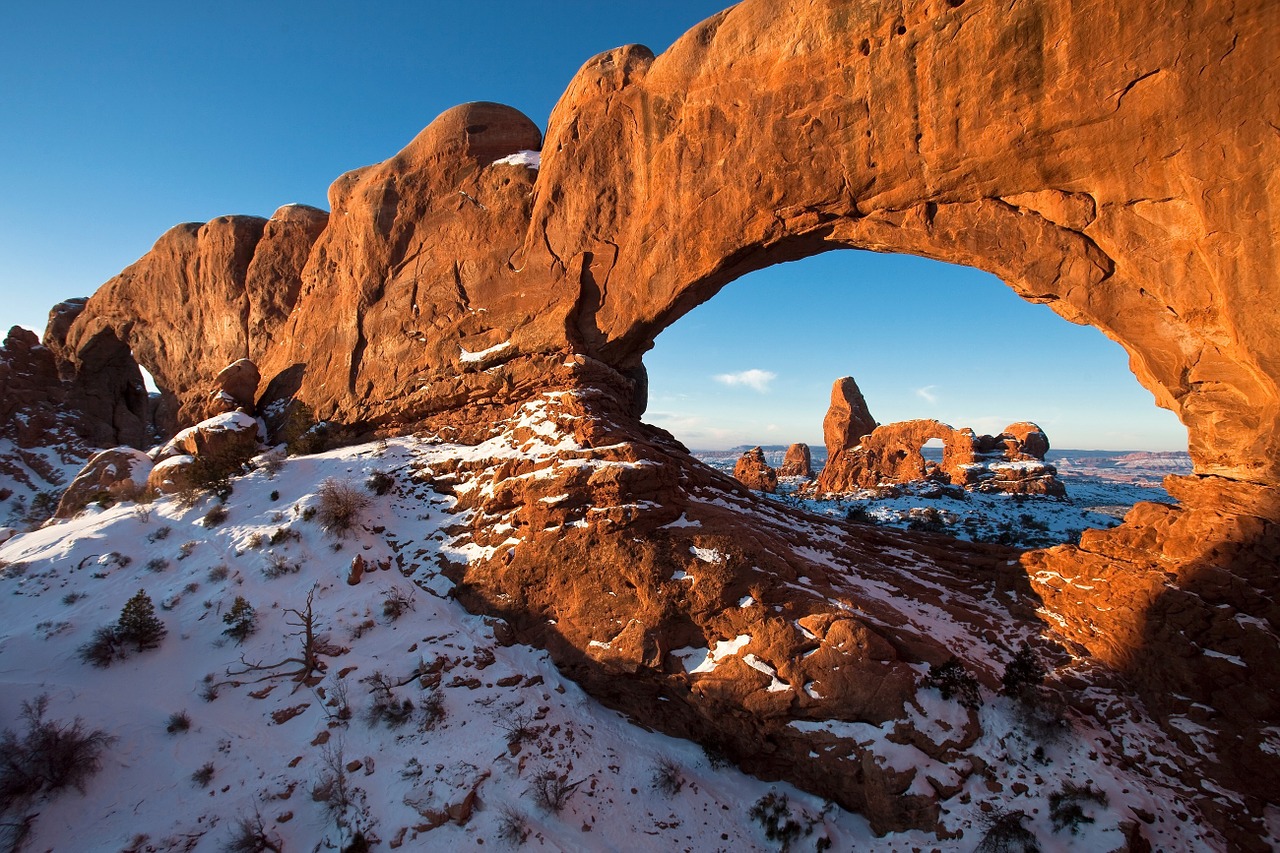Ask people to list our National Parks and chances are that unless they are from somewhere in South Carolina, Congaree National Park will not get mentioned. It is so new, having been established as our 57th National Park in 2003. This newness is to your advantage. Because the park is one of our less-known, it is also one of our less-crowded, and one that you can visit without feeling as if you are elbow-to-elbow with the rest of the crowd.

Ancient Trees of Congaree National Park
Congaree National Park is one of only two national parks in the southeast region of the United States, and the only large tract of untouched bottomland hardwood forest left here or in North America. A bottomland is a wetlands swamp forest. So the stars of the show here are the big old trees. How big? The biggest state champion cypress is at Congaree, and it measures in at 131 ft tall and 26.5 ft in circumference. That’s equivalent to seven people reaching out and touching fingers in circumference. Congaree boasts several national and state champion trees (meaning they’re huge: exceptionally large and tall loblolly pine, tupelo, and cypress). And how old are these trees? The oldest are estimated to be about 1000 years old. The beauty of these trees is in their lush greenery and in their striking forms, such as the acres of bald Cypress knees at the edges of the water.
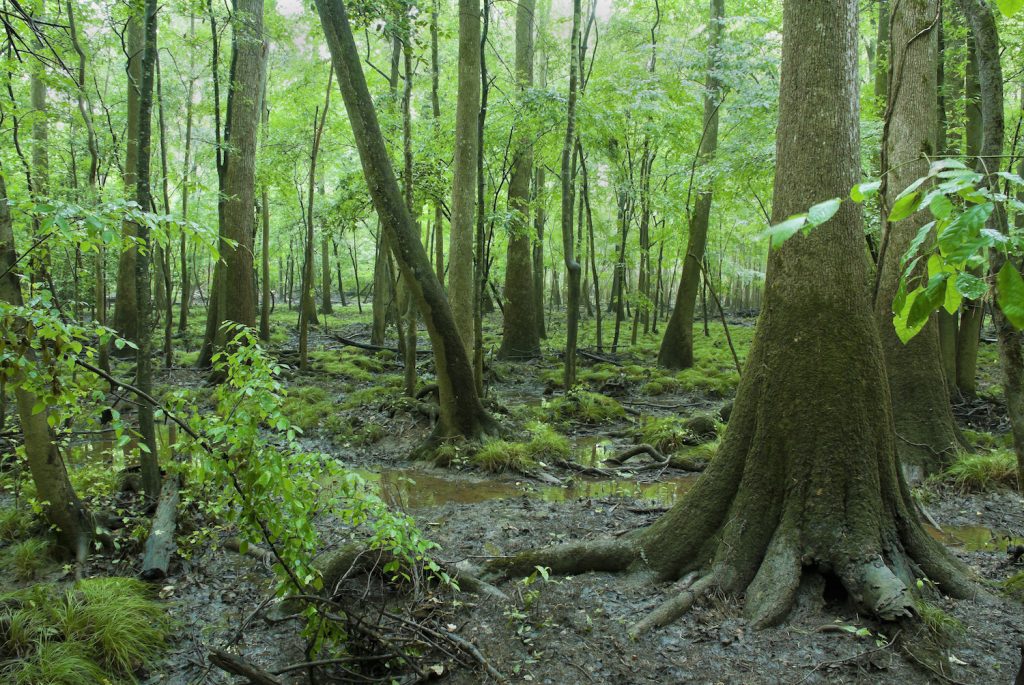
Visiting Congaree National Park
It is said that Francis Marion, “The Swamp Fox” hid from British in these forests. You can retreat here all year long. The best time to visit depends upon you. If you come in the late fall, winter and early spring you will miss the mosquitoes. They are prevalent in the sunnier warmer season. Indeed, Congaree boasts a “Mosquito Meter” with degree of threat ranging from “All Clear” (1) to “War Zone” (6). You have been warned – bring your own bug spray.

Via Runner1928 | Wikimedia Commons
A combination of nature and circumstance plus the efforts of many dedicated volunteers brought about the setting aside of this land. The forest here did not get logged because it was so wet that the newly cut timber stayed too green, or was too far or complicated to move downstream or upstream. Happy realities that mean the trees are there to be set aside for future generations to enjoy.
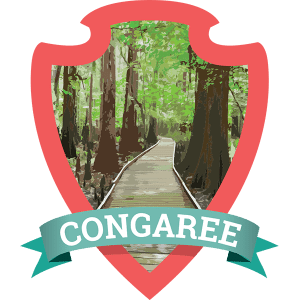
Today, visitors may stroll the inviting boardwalks, hike the meandering dirt trails, or canoe Cedar Creek, all in a forest that has been nicknamed “Redwoods East”. Wear proper shoes, not sandals or flip-flops. The chief attractions provide isolation and quiet. Congaree National Park does not charge entrance or tour fees. No admittance gatehouse has been built yet. Camping is also free, first-come and first-served.
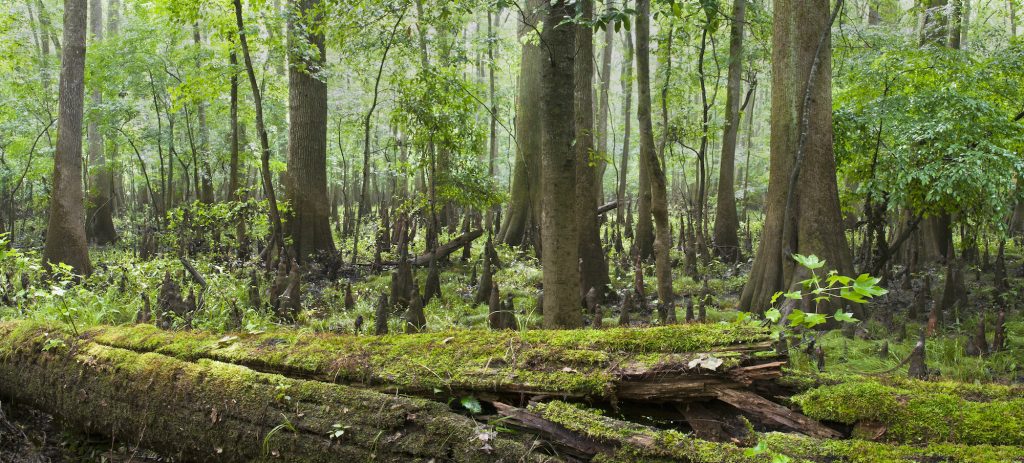
You are likely to spy turtles, snakes, squirrels, skinks, songbirds and water birds along the trails. Less often seen are deer, bobcats and river otters, gators and wild pigs. The Boardwalk Loop Trail is about 2 miles long. The longest hike is the 1 mile Kingsnake Trail. When the water level is high some of the boardwalk may be underwater. Paddling Cedar Creek is a real treat for competent canoers, if you check the water levels beforehand, to be sure that you will have enough water.
Also, inside the park are cattle mounds, which were built a century ago to allow livestock to climb to higher ground during floods. In 1996 these mounds were added to the National Register of Historic Places.
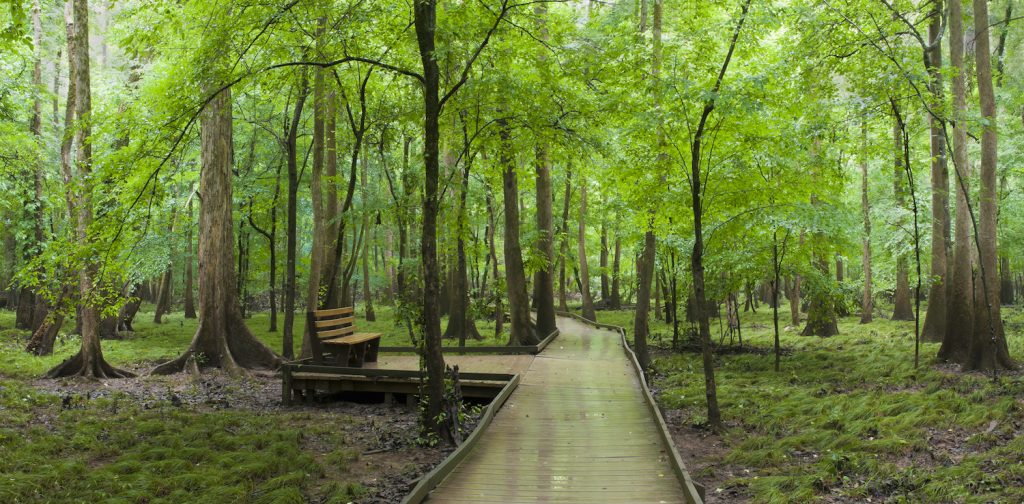
Congaree’s Visitor Center is not large, but it features high-quality National Park Service exhibits and interpretive film. There are picnic tables and restroom facilities. The Visitor Center is closed on Sundays and Mondays.

